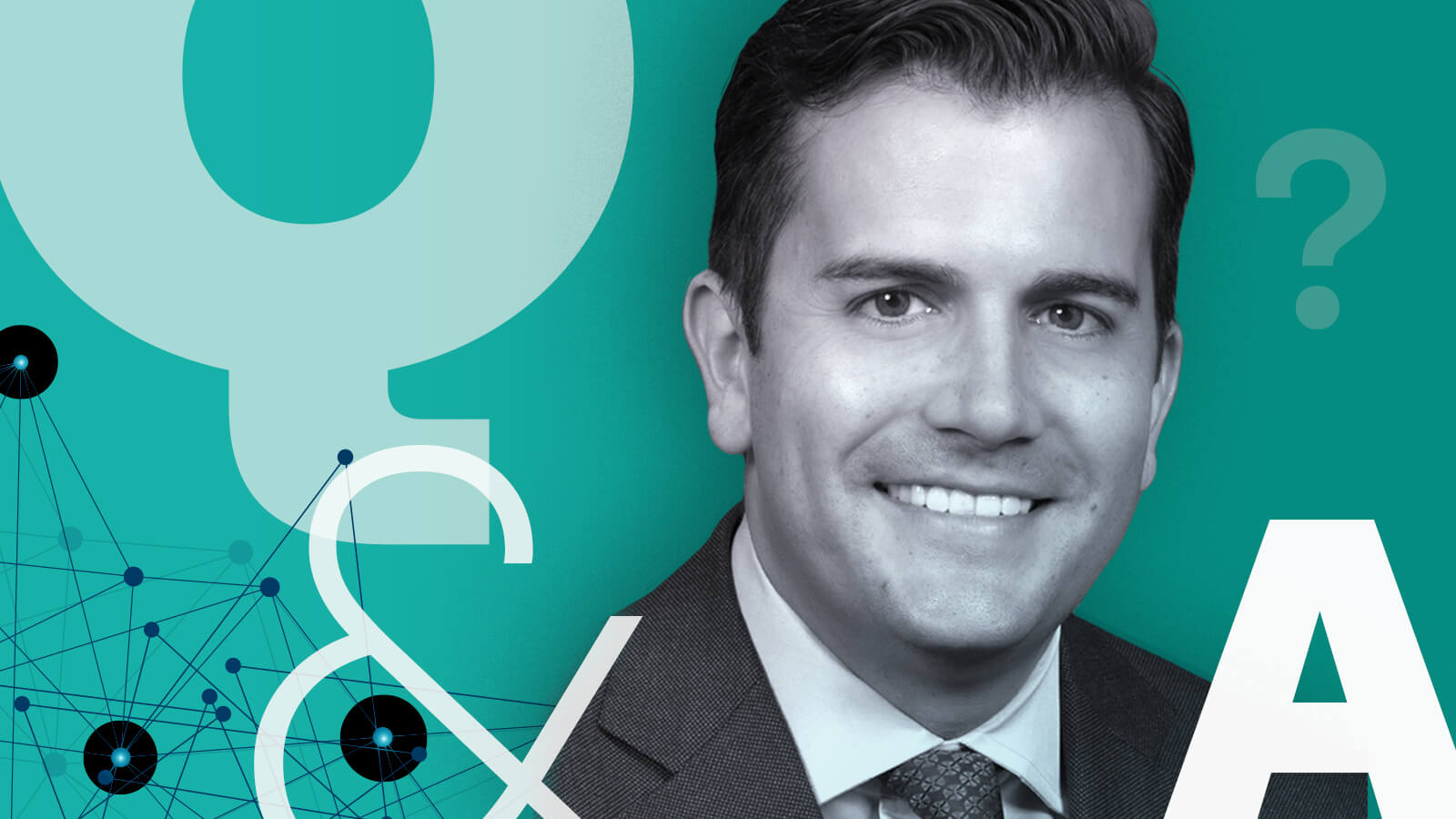Health Trends 2021: Q&A: More Engines That Predict Disease

Behind the scenes, smart algorithms can sort through data and identify a health crisis before it happens. Where is this technique most useful now?
Big data has already helped make treatment more personal and effective. Its next step may be to help providers spot disease risk before a patient is aware of it — letting them know that kidney disease or a complication in their chronic condition is on the horizon.
These advances lean on machine learning algorithms, approaches similar to the ones underlying face recognition or the ability of a Tesla car to self-park. For a decade, artificial intelligence (AI) projects in medicine have promised to improve diagnosis, treatment recommendations and patient care.
Some of that promise has been fulfilled, and much more may be realized soon. For an update, we spoke with physician Daniel Knecht, Vice President of Clinical Product at CVS Health, who is looking at tools that can capitalize on the big data frontier.
Question (Q): For the past decade, we’ve seen steady progress on using artificial intelligence to predict disease. Can you walk us through the idea?
Knecht: Yes, as physicians we’ve all seen the news stories — how AI might be able to predict the onset of Alzheimer’s disease1 or the next pandemic.2 Most of these applications are still far away. But I’ll use our Transform Diabetes Care program as an example of what can happen today and what is happening.
All of these approaches use machine learning, meaning that we feed the computers large data sets. Our data scientists train that model to sift through the data and reliably predict — based on a variety of signals — who might have an increased risk for a poor health outcome. For instance, our care engine has permission from 250,000 members with diabetes in our system to sift through several hundred data components — age, sex, demographics, medical utilization patterns and zip codes. The engine develops, for lack of a better term, a “digital diabetes doctor.”
One model can fairly accurately predict the patient’s hemoglobin A1C levels. We have found that it’s almost on par to measuring A1C in the lab using the patient’s blood. With that, we can identify those at risk of poor management of diabetes and the subsequent consequences of uncontrolled diabetes.
The next thing this tool does is offer the best way to engage with these folks — a “nudge” or personalized recommended health action.

An algorithm can sort through the noise.
Daniel Knecht,
Vice President of Clinical Product, CVS Health

Q: What would an algorithm-driven “nudge” look like?
Knecht: To the patient, a nudge could be an email, a text or a phone call from a care manager or a conversation at the pharmacy. The intent is to raise awareness, but more importantly, it’s to provide an actionable next step. We don’t want to send a list of 20 things to do. So we say, what’s the next singular best action they should be taking?
For the provider, notifications should help them practice the best evidence-based medicine. Providers are taking care of thousands of individuals at any one time. An algorithm can sort through the noise and help suggest some clinically validated next steps, which also arrive as an email, text or call.
The magic of these advanced analytics is that they never sleep. Your provider is practicing medicine 50 hours a week, but this engine is constantly running, constantly refreshing, constantly ingesting data. It’s consistently updating its actions and its recommendations for an entire patient population.
Q: Why is a program like this valuable?
Knecht: It can help with the problem of clinical inertia. I’m a physician myself, and there are times that patients aren’t seeing physicians as frequently as they should or can. Even when they do see a physician, often the next clinical action is not taken as promptly as it should be. There is a very human bias to stay the course. It’s certainly something we often see within diabetes care. I think the beauty of machine learning in our program is that we can nudge both the patient and the provider.
Q: Which conditions make the best candidates for this approach?
Knecht: From an industry perspective, we’ll want to go after things that are big cost drivers. And from a public health perspective, we’ll want to go after conditions that really have substantial morbidity and mortality. We want to improve the medical system, and, of course, we want to help the most people on their path to better health.
Hypertension is a good example, and we’re already doing work in this area. AI can help us encourage screening or nudge people to stay adherent to their medication. It can send a notification if they’re not hitting their goals, or prompt them to ask their provider about starting another medication or following an appropriate diet.
Q: Will patients — and providers — learn to embrace health care guided by data analytics?
Knecht: Health care is an incredibly intimate experience. I see a model where empathetic and professional clinicians are on the front lines, practicing at the top of their license. And they’re assisted by AI and advanced analytics. AI will help physicians make better diagnoses and better treatment recommendations. What data cannot do is replace the empathy, kindness and warmth of a provider you trust.